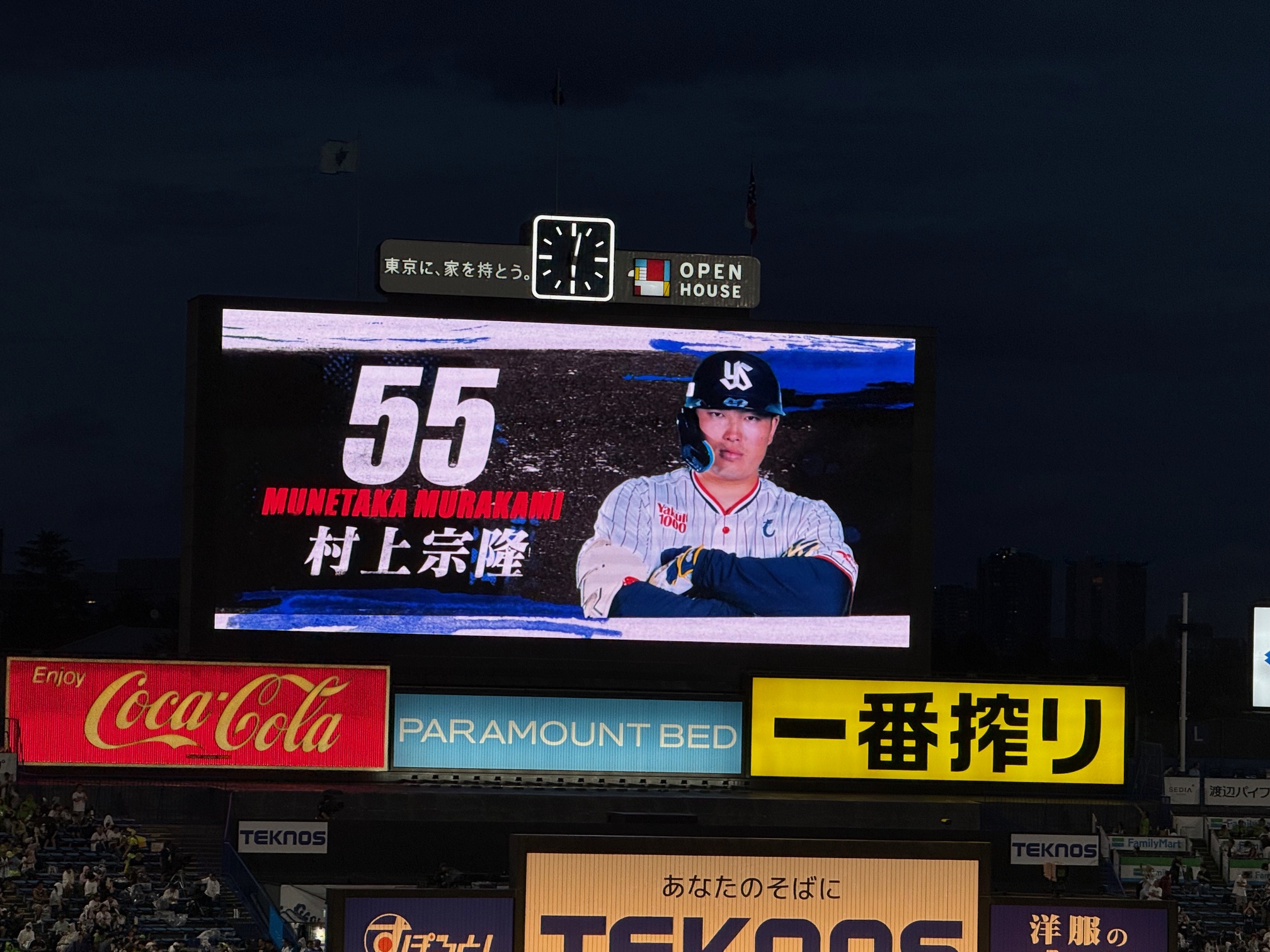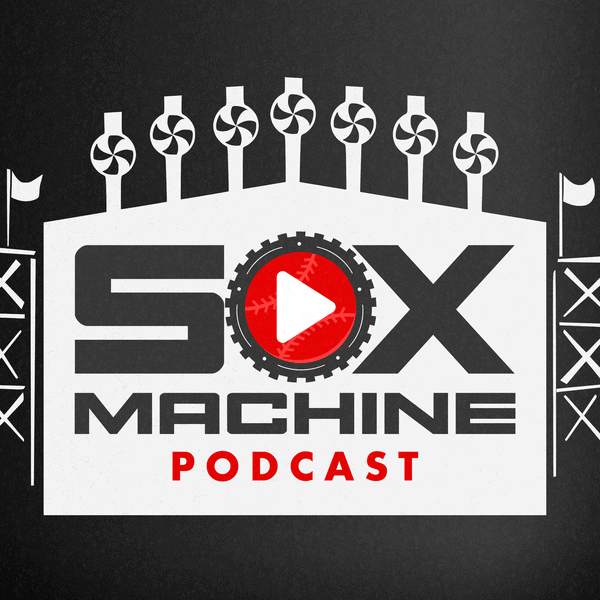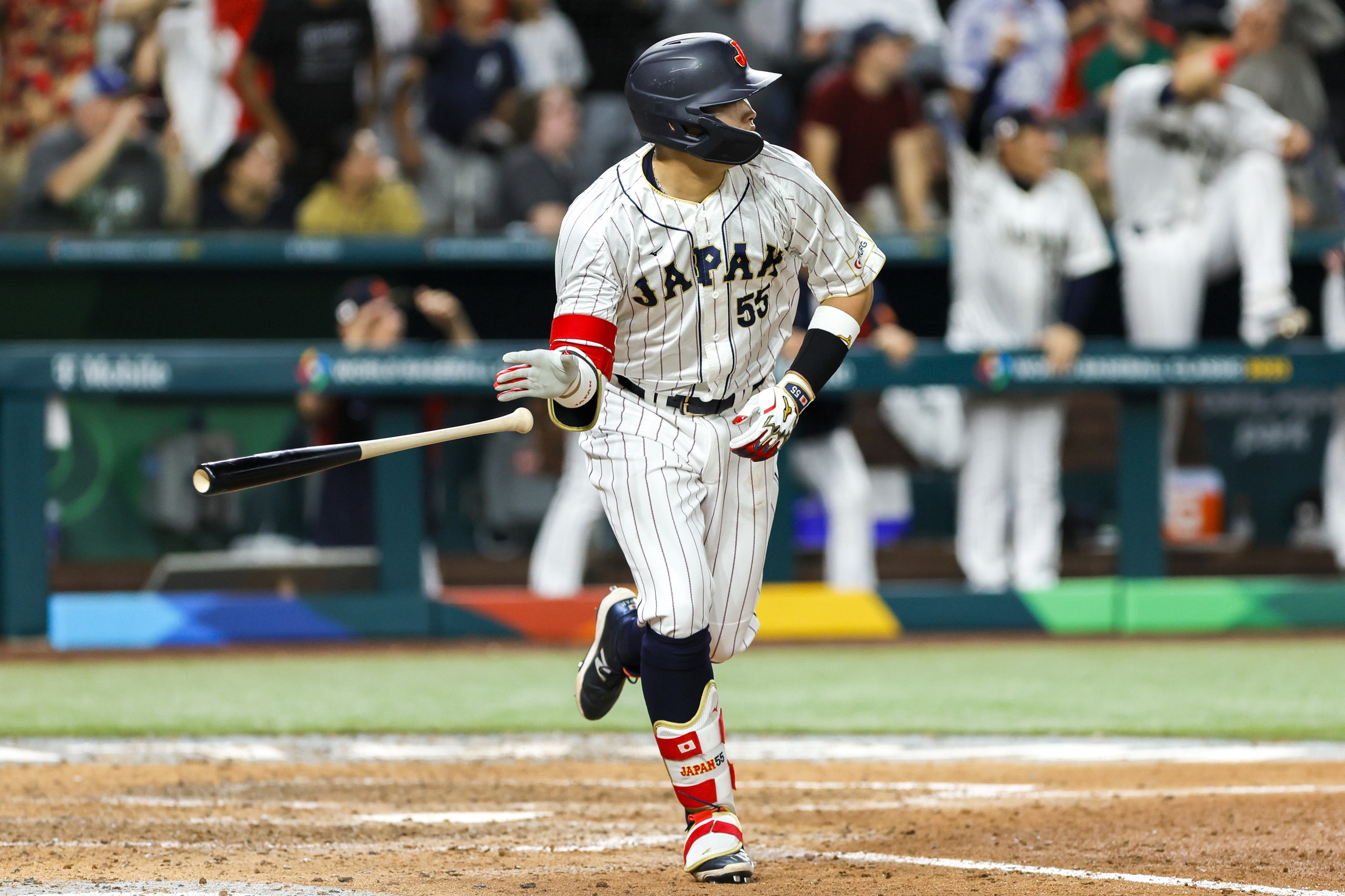Depending on you look at it, there are either four or five managerial vacancies in Major League Baseball. It could've been seven, but the Phillies rewarded Rob Thomson with a two-year extension after their dramatic turnaround following the Joe Girardi firing, and the Angels are sticking with Phil Nevin for one more year for reasons less apparent.
The iffy one is Toronto, where John Schneider had Thomson-like success after the Blue Jays canned Charlie Montoyo. He matched Montoyo in wins (46) in 14 fewer games, which allowed the Blue Jays to earn the first wild card spot in the American League.
Had the Blue Jays not squandered home-field advantage in spectacular fashion to the Seattle Mariners in the wild card series, perhaps Ross Atkins and Mark Shapiro would've been more willing to cement him in that position. Instead, they've been as complimentary as they are noncommittal.
Blue Jays general manager Ross Atkins was not yet ready to remove the interim tag and name Schneider as the Blue Jays manager at Tuesday’s end-of-season news conference, but the strong suggestion was they are leaning in this direction. Schneider’s familiarity with the club, his feel for players and his effective communication style — not to mention his success — led Atkins to say, “It will be very difficult for us to find better than John Schneider.”
It’s not an outright confirmation that the 42-year-old will be coming back next year. It carefully left some room to go in another direction. But the comment from the GM suggests things are trending in Schneider’s favour. Still, the Blue Jays are a process-oriented organization, which is why Atkins told the media he needed “more time to work through” the decision.
If the Blue Jays shed Schneider for an external candidate, it would appear to be the best job available. The Jays finished second in runs scored, third in homers, and the pitching staff only needs reinforcement, not headliners. They play in the AL East, but they're also one of the reasons the AL East is as tough as it is. The biggest drawback is that they play in another country, which poses headaches that some US citizens would rather avoid.
That said, the other jobs have headaches as well. They just require less paperwork and waiting in line.
Chicago White Sox (81-81, 2nd in AL Central)
Advantages
The division: The Cleveland Guardians were the only AL Central team to finish with a winning record, among the four other teams, they're the only team that currently looks good for it in 2023.
Talent with upside: Tim Anderson, Eloy Jiménez and Luis Robert looked like All-Stars when they were healthy.
Pretty stable pitching staff: If the White Sox rotation was disappointing, it's only because it wasn't capable of carrying an offense that was worse than just about everybody expected. The bullpen has a defined hierarchy as well thanks to Rick Hahn's overinvestment.
Slow to fire: The White Sox haven't canned a manager during the season since Gene Lamont, and Robin Ventura got five years, even though he peaked in his first. Whoever the White Sox hire will get his fair chance, especially if he has connections to Jerry Reinsdorf and/or Kenny Williams.
Clubhouse open to feedback: When Rick Renteria was fired, there were anonymous members of the White Sox who told Ken Rosenthal that Renteria needed to hold players more accountable. This time around, Liam Hendriks says the Sox could use an authoritarian. For many reasons, I wouldn't necessarily take Hendriks' thoughts as representative of the White Sox clubhouse, but it does indicate that some know they can't be left to their own devices.
Disadvantages
Talent that goes missing: Between all the injuries and underperformance, you can't count on a lot of White Sox players to hit their projections. If there's more where Yasmani Grandal and Yoán Moncada's seasons came from, some may come up drastically short.
Depth chart still lumpy: Assuming José Abreu departs, the White Sox's log jam at first base/DH will be alleviated, but they'll still have four roster spots devoted to guys who struggle to hold down left field if AJ Pollock returns, so there isn't an easy way out of their defensive issues.
Front office doesn't help: Reinsdorf's loyalty might make for longer tenures, but it's also resulted in a front office that remains entrenched despite a demonstrated inability to solve problems.
Kansas City Royals (65-97, last in AL Central)
Advantages
Promising young hitters: The Royals finally turned the page on the Whit Merrifield era. Bobby Witt Jr., Vinnie Pasquantino, MJ Melendez, Nick Pratto give the Royals lineup a 25-and-under core to develop,
New guy doing hiring: With Dayton Moore out of the picture after 16 years, JJ Picollo steps up and gets a chance to call the shots. He's downplaying expectations for the Royals in free agency, so the Royals' next manager figures to get a long runway.
The division: This is an obvious plus for any AL Central team, but unlike other divisions, fourth or fifth place doesn't seem nearly far away from first.
Disadvantages
Pitching program needs overhaul: The Royals have started the process with their long-overdue firing of Cal Eldred, but The Athletic ran a three-byline article detailing all the other ways development went awry.
Size of payroll: Firing Moore was the first time John Sherman made his presence detectable outside of Kansas City. The Royals have carried sub-$100 million payrolls in the three years he's been running the team. That's not evidence of stinginess given the Royals' many roster issues, but we haven't seen an eagerness to spend, either, so it's unclear how far he'll go to help a team contend.
Miami Marlins (69-93, 4th in NL East)
Advantages
Starting rotation: Sandy Alcantara looks like he's the National League Cy Young winner, and he's under team control through 2027 if a team option is exercised. The rest of the rotation is still taking shape, but there are plenty of arms to play with.
Disadvantages
Incredibly tough division: The Braves and Mets aren't going anywhere, and while the Phillies go in four directions within the same week, their resources and name-brand talent are considerable for a third-place team.
Injuries: The Marlins didn't have a single player qualify for the batting title, with shortstop Miguel Rojas coming closest with 507 plate appearances (he hit .236/.283/.323).
Front office: Kim Ng basically went 0-for-4 in major position-player acquisitions, as Avisail García, Jorge Soler, Joey Wendle and Jacob Stallings all disappointed. She's gotten a real actual vote of confidence for this offseason, but if the Marlins struggle again, it may not be the stablest of situations afterward.
Texas Rangers (68-94, 4th in AL West)
Advantages
A new GM: Similar to Kansas City, there's a new guy in charge (Chris Young). Assuming Tony Beasley doesn't turn his interim tag into a real job -- and he did interview for it -- Young is likely to want his first choice to work.
Resources: The Rangers had a league-average and -median payroll, which is only behind Houston in the AL West. Money won't be the issue, even after the contracts handed out to...
Up-the-middle stability: ... Corey Seager and Marcus Semien, who posted decent-yet-disappointing numbers in the first years of their megadeals. They at least showed the high floors, and when combined with Jonah Heim behind the plate, the Rangers mostly have the tough positions taken care of.
Luck: The Rangers went a preposterous 15-35 in one-run games, which is how they finished nine games worse than their Pythagorean record. An uneven bullpen contributed to that roller coaster, but they'd benefit from even a more ordinary kind of bad.
Disadvantages
Little pitching: With Martín Perez hitting free agency, Jon Gray is the only above-average starting pitcher on the staff, and he only threw 127 innings last year. The Rangers figure to be able to hand out one big contract, but it could be bumpy.
A tougher division: It doesn't quite match up with the beasts of the Easts, but the AL West looks a little bit more formidable now that the Seattle Mariners have finally conquered their postseason drought with some upside still unexplored. The Astros don't appear to be weakening, either, unless Espada is really that critical to their success.
How do they rank?
I think it's pretty clear, but I'd be willing to hear any counterarguments.
No. 1: Blue Jays. You get one of the league's best rosters coming off a 92-win season. I, for one, wouldn't mind moving to Canada, because it'd make me better curler.
No. 2: Rangers. They weren't as bad as they looked last year, they should be aggressive over the winter, and a new GM should provide full support even if the roster struggles to coalesce.
No. 3: White Sox. It's the most forgiving job of the bunch in terms of divisional strength and front-office standards, but there's a chance that you're being thrown into a disintegrating situation.
No. 4: Royals. It mixes the benefits of the Rangers (new head honcho) and the White Sox (soft division), but there's a lot of work to do.
No. 5: Marlins. There's a chance they aren't as bad as they looked last year, but Miami isn't known for stability, so it could turn dark pretty quickly.






